St Catherine's Monastery, Sinai Peninsula, Egypt

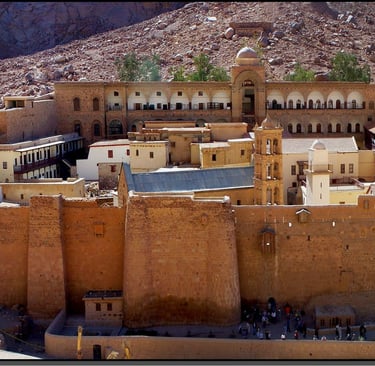
Perched at the foot of the storied Mount Sinai in the rugged landscape of the Sinai Peninsula, St Catherine’s Monastery is a living relic of early Christian monasticism and a beacon of enduring faith. Founded in the 6th century—traditionally attributed to the Byzantine Emperor Justinian I—the monastery rises from the harsh desert terrain with an austere beauty that belies its profound spiritual and intellectual riches. For pilgrims and seekers alike, this sacred haven offers not only a glimpse into the practices of early monastics but also serves as an invitation to engage in a contemplative dialogue with centuries of prayer, sacrifice, and divine inspiration.
The history of St Catherine’s Monastery is as compelling as it is mysterious. According to long-held tradition, the very site on which the monastery stands is entwined with the miraculous—the burning bush witnessed by Moses is believed to have been seen in these ancient environs. This supernatural association lends the monastery an air of sacred portent and an enduring allure as a place where the divine once touched the earthly realm. Over the centuries, the monastery has served as a spiritual refuge and a sanctuary of learning amidst the spiritual and political turbulences of the region. Its continuous operation since its foundation is a testament to the resilience and tenacity of the monastic spirit; even in times of conflict and change, the monks have maintained a steadfast commitment to a life of prayer and contemplation.
As you approach St Catherine’s Monastery, the landscape itself emerges as a character in this sacred narrative. The monastery’s stone walls, weathered by time and the elements, reflect the harshness as well as the stark beauty of the Sinai desert. Set against a backdrop of endless blue skies and rugged mountains, the architectural simplicity of the structure is both unadorned and majestic. The fortress-like exterior, built to protect its sacred treasures and its modest community of monks, contrasts poignantly with the inner sanctum where spirituality thrives in quiet solitude. Every stone seems to hold a story of hardship, devotion, and miraculous deliverance—a story that the pilgrim is invited to uncover with every step taken along the ancient pathways leading to its doors.
Stepping through the modest entrance of the monastery, visitors are enveloped by an atmosphere of profound contemplation and humble austerity. The interiors, lit by rays of sunlight that filter through high, narrow windows, evoke a timeless quality; it is as if the very air is steeped in centuries of whispered prayers and silent meditations. Traditional cells where monks once lived in seclusion, serene chapels adorned with simple icons, and quiet corridors that resonate with the measured pace of monastic life collectively create a space in which the external clamor of the modern world is left far behind. This is a place where the inward journey of the soul is nurtured as much as the physical journey—a sanctuary in which the spirit is invited to rest, reflect, and renew.
Perhaps one of the most enthralling aspects of St Catherine’s Monastery is its vast library—a repository of ancient manuscripts and priceless codices that have survived the relentless march of time. Here, scholars and pilgrims alike can marvel at enduring treasures such as the Codex Sinaiticus and the Syriac Sinaiticus, along with a remarkable collection of early Christian icons and texts that shed light on the formative years of Christian thought and liturgy. The quiet hush of the library, where every leaf of parchment and every intricate illustration tells a tale of devotion and erudition, provides an intellectual counterpoint to the monastery’s spiritual offerings. For those drawn to the convergence of faith and scholarship, this repository is a contemplative journey in itself—a journey that underscores the belief that true wisdom is found at the intersection of the spiritual and the intellectual.
The intellectual legacy of St Catherine’s is underscored by its enduring commitment to the preservation and study of sacred texts. Over the centuries, the monastery has not only safeguarded these works but has also served as a crucible for the transmission of knowledge. The painstaking care with which ancient manuscripts have been copied and conserved here speaks volumes about a tradition that honours both the mysteries of the divine and the rigour of scholarly pursuit. Pilgrims with a passion for history and theology may find themselves pausing to absorb the quiet intensity of study that still permeates the monastery, a living link between the ancient world and contemporary faith.
Yet, beyond its architectural and intellectual allure, St Catherine’s Monastery is first and foremost a place of living spirituality. The community of monks who dwell within its ancient walls continue a tradition of prayer and asceticism that has remained remarkably consistent over the centuries. Their daily routines—marked by the rhythmic cadence of liturgical chants, solitary moments of reflection, and communal celebrations of the sacred mysteries—offer a vivid portrait of a life dedicated to God. For the modern pilgrim, witnessing or even participating in this timeless routine provides an opportunity to step beyond the mere observation of history and to experience, in a personal way, the deeply rooted traditions of early Christian devotion.
The interplay between the monastery’s austere beauty and the vibrant culture of the surrounding desert further enriches the pilgrimage experience. The Sinai Peninsula is a land that has borne witness to the intermingling of diverse cultures and faiths, and St Catherine’s stands as a symbol of that ancient confluence. While the monastery is a centre for the Greek Orthodox tradition, its influence and significance extend to a broader spiritual heritage, resonating with elements of Jewish and Islamic history as well. It is not uncommon for pilgrims to reflect on the shared narratives and mutual influences that have ultimately enriched the spiritual tapestry of the region. This cross-cultural dimension renders the monastery a unique meeting point—a place where the enduring truths of several ancient traditions converge in a celebration of the divine.
For those embarking on a pilgrimage to St Catherine’s Monastery, the journey is as much an inner voyage as it is an external exploration of history and architecture. The act of traversing the rugged approach to the monastery, guided by the stark beauty of the Sinai desert, mirrors the inward quest for clarity and spiritual renewal. As you wander through the hallowed halls, consider the countless generations who have found solace and purpose within these ancient walls. Their prayers, echoing softly against stone and parchment, invite you to become a participant in this ongoing dialogue between the past and the present—a dialogue that ultimately seeks to answer the timeless human quest for meaning, transcendence, and divine connection.
In the stillness of the monastery’s cloisters and the quiet hum of its ancient library, you are gently reminded that, despite the passage of centuries, the core of human spirituality remains unchanged. The struggles and triumphs, the moments of despair and the sparks of hope, are all interwoven in the silent testimony of St Catherine’s. As you depart, carrying with you the imprint of its austere beauty and the wisdom embedded in its ancient texts, you are invited to embrace the lessons of perseverance and faith that have guided generations young and old.
St Catherine’s Monastery, in all its historical, spiritual, and intellectual splendour, is a testament to the human spirit’s relentless pursuit of the divine. It stands not only as a monument to the achievements of early monastic life but also as a living, breathing sanctuary that continues to inspire all who set foot on its sacred grounds. For the pilgrim, this ancient monastery offers a rare chance to step outside the distractions of modern life and to immerse oneself in the timeless quest for truth—a journey that is as transformative as it is enlightening.
May your sojourn at St Catherine’s Monastery guide you towards a deeper understanding of the sacred, a renewed appreciation for the power of tradition, and an enduring sense of wonder at the mysteries of faith. In the stark, beautiful silence of the Sinai, the echoes of ancient prayers invite you to rediscover the eternal connection between humanity and the divine—a connection that, like the monastery itself, remains steadfast through the ages.
St Catherine’s Monastery: A Journey into the Heart of Ancient Monastic Tradition
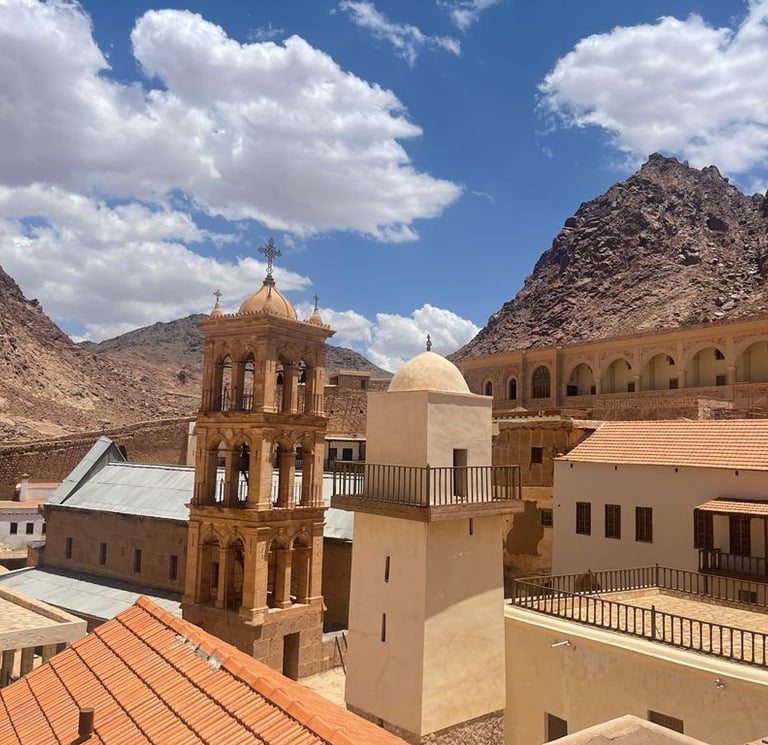

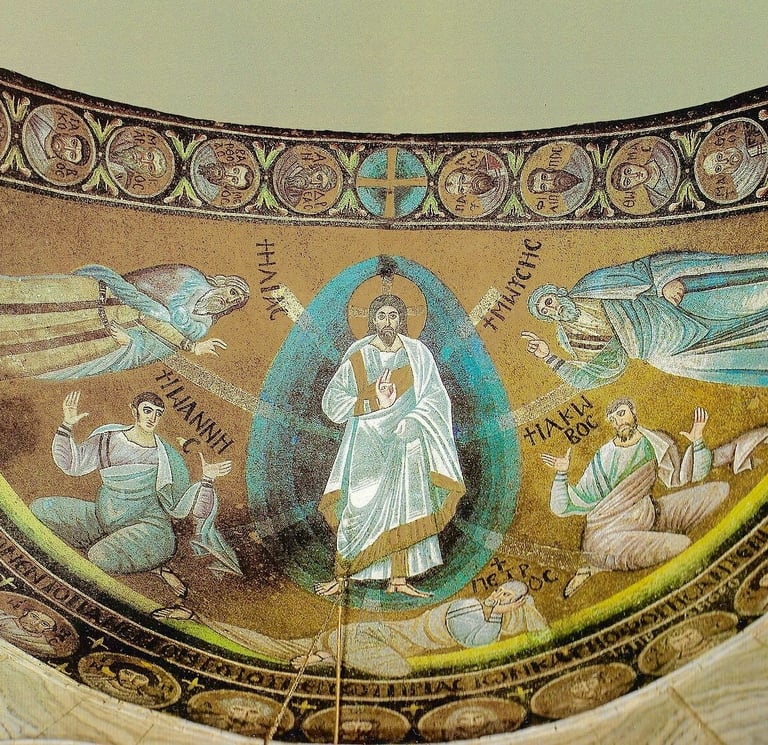




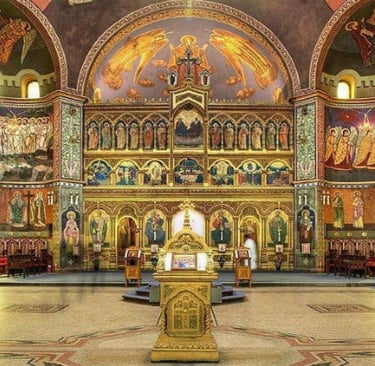

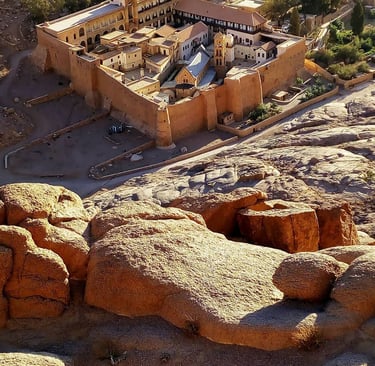
Ancient Apostolic Catholic Church
Embracing faith, inclusion, and compassionate service together.
ST THOMAS AQUINAS SEMINARY
© 2025. All rights reserved
QUICK LINKS
